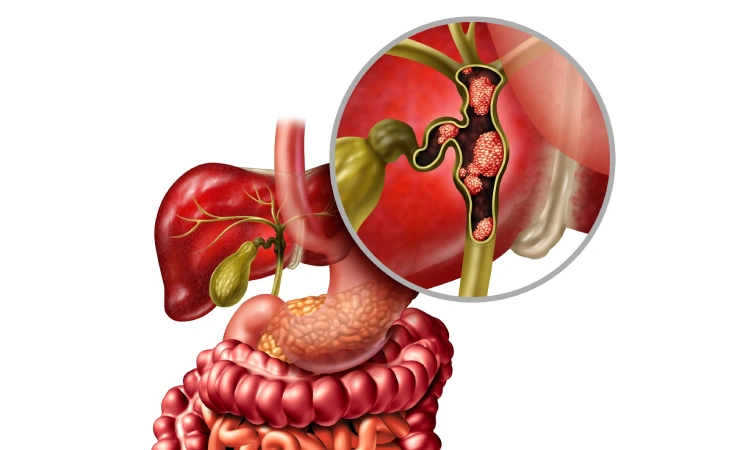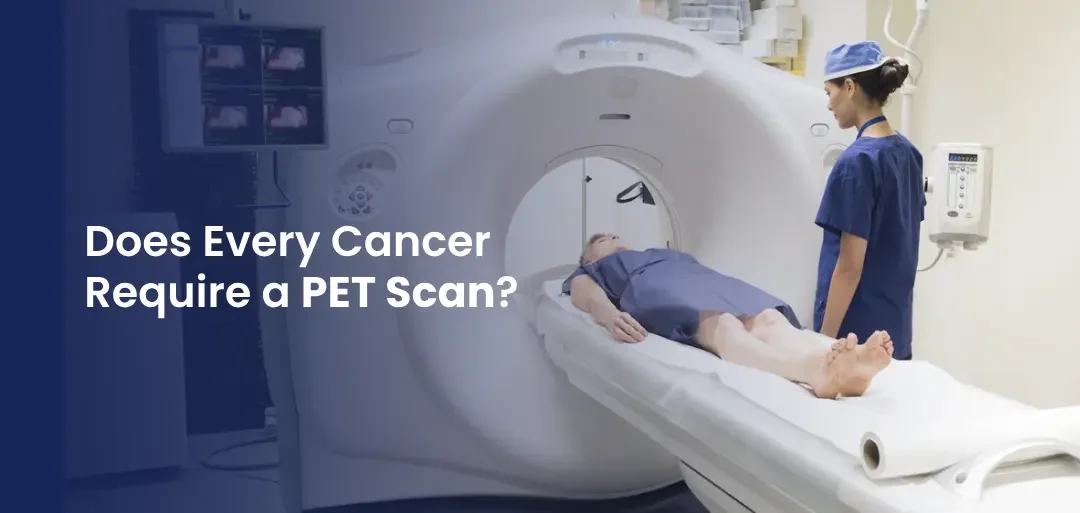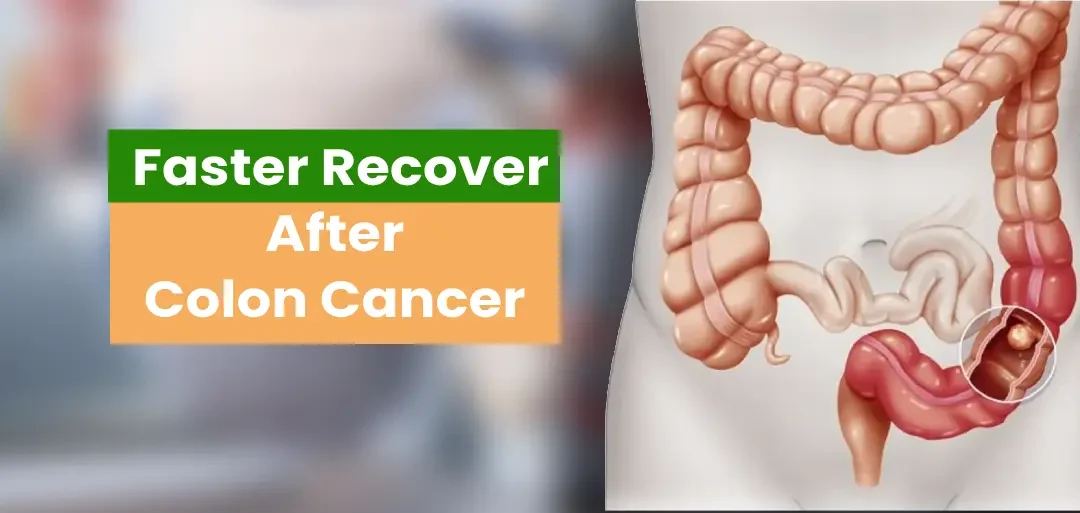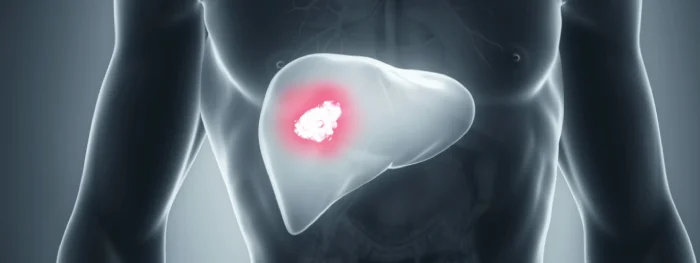Bile duct cancers are also known as cholangiocarcinomas are a rare but aggressive type of cancer affecting the bile ducts. The bile ducts are thin tubes that connect the liver to the small intestine facilitating the transit of bile from the liver.
The common symptom of bile duct cancer is unexplained painless progressive jaundice. This usually happens because cancer blocks the bile duct and hence the bile is not able to come into the small intestine and as a result spreads into the blood circulation causing jaundice. Some patients may also develop fever due to do an infection called cholangitis.
This jaundice may be associated with itching all over the body, deeply yellow urine, and clay-colored stools.
The first test is usually a liver profile which will reveal a high direct bilirubin level with the rise and alkaline phosphatase levels. An ultrasound of the abdomen will show dilated intrahepatic bile duct radicals with an abrupt cutoff at the level of the tumor.
An MRCP of the abdomen would be the best imaging to diagnose a cholangiocarcinoma. A tumor marker called CA 19-9 is useful in assessing the severity of cancer. Often, a CT scan of the abdomen is also performed in order to closely look at the blood vessels going towards the liver to map out the involvement and thus plan for the surgery.
If the jaundice is high, your surgeon may advise biliary drainage prior to surgery. This could be either via the Trans hepatic route called a PTBD or by the endoscopic route via ERCP.
When jaundice is reduced by drainage based on the extent of the tumor and the involvement of the blood vessels of the liver (hepatic artery branches and portal vein), your surgeon will plan an appropriate surgery.
Some bile duct cancers will only require a bile duct resection along with complete removal of all portal lymph nodes. Many other bile duct cancers that track along the right or the left bile duct will require more extensive surgery in the form of right or left hepatectomy with the removal of the bile duct and the portal nodes. Often the caudate lobe of the liver also has to be removed. The reconstruction is in the form of a loop of the intestine is joined to the remnant bile duct called a hepaticojejunostomy.
Those patients in which bile duct cancers have already spread to other parts of the liver or distant parts of the body would not be able to undergo radical surgery. Palliation in these patients would be in the form of metal stents and chemotherapy or radiation.














